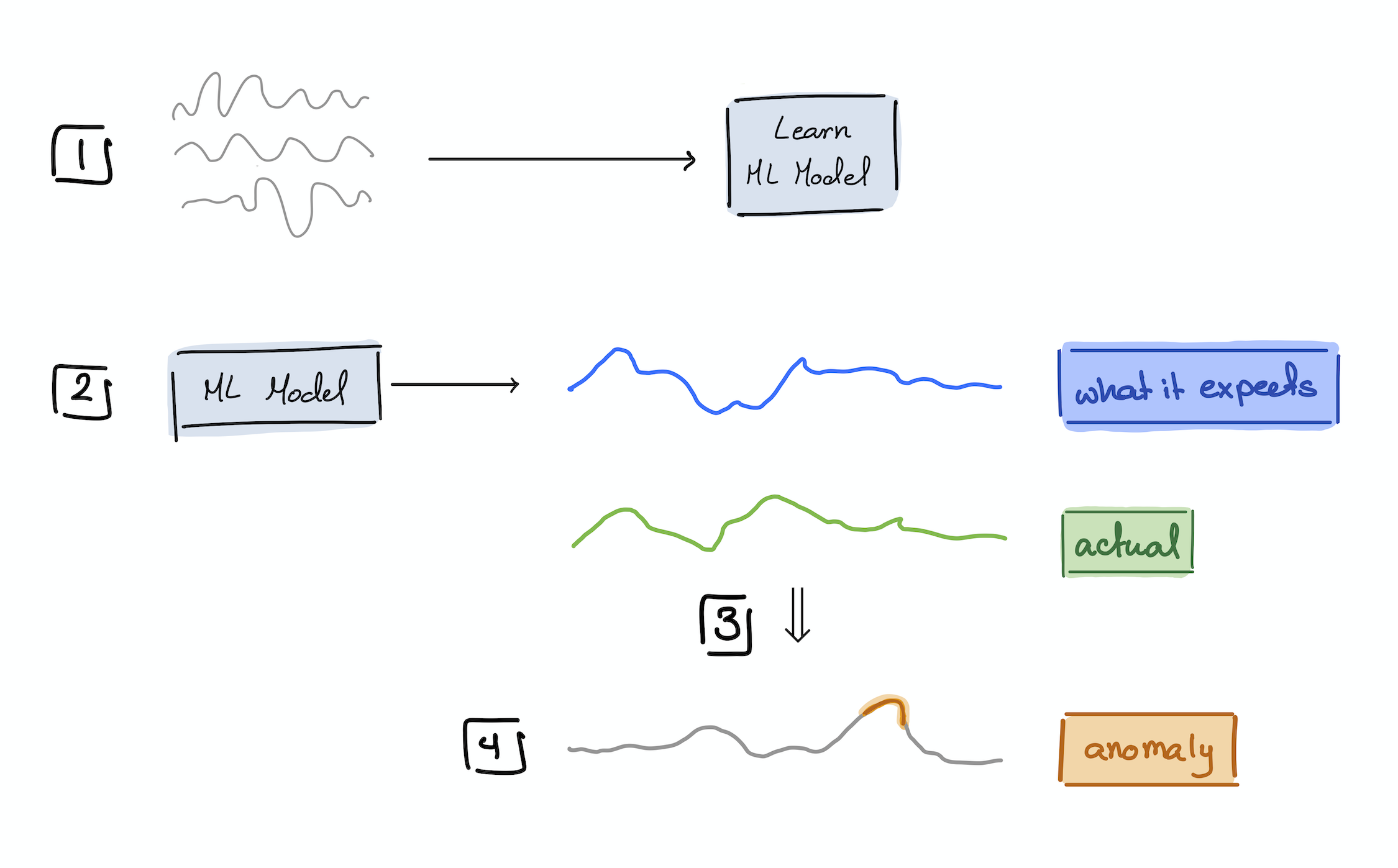TadGAN: Time Series Anomaly Detection Using Generative Adversarial Networks
Time series anomalies can offer information relevant to critical situations facing various fields, from finance and aerospace to the IT, security, and medical domains. However, detecting anomalies in time series data is particularly challenging due to the vague definition of anomalies and said data's frequent lack of labels and highly complex temporal correlations. Current state-of-the-art unsupervised machine learning methods for anomaly detection suffer from scalability and portability issues, and may have high false positive rates. In this paper, we propose TadGAN, an unsupervised anomaly detection approach built on Generative Adversarial Networks (GANs). To capture the temporal correlations of time series distributions, we use LSTM Recurrent Neural Networks as base models for Generators and Critics. TadGAN is trained with cycle consistency loss to allow for effective time-series data reconstruction. We further propose several novel methods to compute reconstruction errors, as well as different approaches to combine reconstruction errors and Critic outputs to compute anomaly scores. To demonstrate the performance and generalizability of our approach, we test several anomaly scoring techniques and report the best-suited one. We compare our approach to 8 baseline anomaly detection methods on 11 datasets from multiple reputable sources such as NASA, Yahoo, Numenta, Amazon, and Twitter. The results show that our approach can effectively detect anomalies and outperform baseline methods in most cases (6 out of 11). Notably, our method has the highest averaged F1 score across all the datasets. Our code is open source and is available as a benchmarking tool.
PDF Abstract




 NAB
NAB